In the shadowy depths of the ocean, where light struggles to penetrate, predators have evolved extraordinary sensory systems to navigate and hunt. Among these, sharks stand out as masters of electroreception, capable of detecting minute electrical fields generated by hidden prey. At the heart of this ability lies a fascinating structure known as the Lorenzini ampulla, a network of jelly-filled pores that transforms sharks into living electric field detectors.
The discovery of the Lorenzini ampulla dates back to the 17th century, when Italian physician Stefano Lorenzini first described these strange, pore-like structures on a shark's snout. For centuries, their function remained a mystery, with some early scientists speculating they might be mucus-secreting glands or even pressure sensors. It wasn't until the 20th century that researchers uncovered their true purpose: these ampullae allow sharks to sense the weak bioelectric fields produced by all living organisms, giving them what amounts to a sixth sense for detecting prey.
Each ampulla consists of a gel-filled canal connecting the shark's skin surface to an electrosensitive cell deep within its body. The gel itself is a remarkable substance, composed primarily of a protein-based matrix with unusually high conductivity - nearly identical to seawater. This allows electrical signals to pass through with minimal distortion, while the long canals (some reaching several centimeters in length) act like biological wires, transmitting signals from the environment to specialized receptor cells.
What makes this system truly extraordinary is its sensitivity. Experiments have shown that some shark species can detect voltage gradients as small as 5 nanovolts per centimeter - that's equivalent to sensing the electrical field produced by a standard AA battery with one terminal dipped in the ocean off New York and the other in Miami. This sensitivity surpasses any man-made electrical measuring device by several orders of magnitude, especially when considering the noisy, electrically complex environment of seawater.
The ecological implications of this ability are profound. Hidden flatfish buried under sand, squid camouflaged in darkness, even the faint electrical signatures of a wounded fish's muscle contractions - all become detectable to a shark equipped with this biological sensor array. Research suggests that hammerhead sharks, with their widely spaced ampullae, may use electrical field detection for spatial orientation, effectively "seeing" their environment through electrical gradients much like we perceive shapes through light.
Recent studies have revealed surprising complexity in how sharks process these electrical signals. Rather than simply detecting the presence of prey, they appear capable of discerning different patterns and frequencies in bioelectric fields. Some evidence suggests they may even use Earth's magnetic field for navigation by detecting the electrical currents induced when swimming through magnetic fields - turning their entire bodies into a biological compass.
Biomimicry researchers are intensely studying the Lorenzini ampulla, hoping to replicate its capabilities for human technology. Potential applications range from ultra-sensitive underwater sensors to medical diagnostic tools that could detect the subtle electrical changes of developing tumors. The gel's unique properties have particularly intrigued materials scientists, as it maintains high conductivity while remaining flexible and biocompatible - properties extremely difficult to achieve with synthetic materials.
Yet despite our growing understanding, many mysteries remain. How exactly do sharks filter meaningful signals from oceanic electrical noise? What neural mechanisms allow them to interpret these signals so rapidly during high-speed attacks? And could other marine creatures possess similar systems we haven't yet discovered? Each new discovery about the Lorenzini ampulla reveals not just the sophistication of shark biology, but how much we still have to learn about sensory perception in the natural world.
As climate change alters ocean chemistry and human activity increases electromagnetic pollution in marine environments, scientists are beginning to investigate how these changes might affect sharks' electroreceptive abilities. Some worry that rising ocean temperatures or changes in salinity could alter the conductivity of the ampullary gel, while increasing underwater electrical noise from ships and equipment might create a kind of sensory smog for these predators.
The Lorenzini ampulla stands as a testament to evolution's ingenuity - a sensory system refined over 400 million years that puts our most advanced electrical instruments to shame. In these jelly-filled pores, we find not just a key to shark survival, but inspiration for technological innovation and a humbling reminder of how much the natural world still has to teach us.
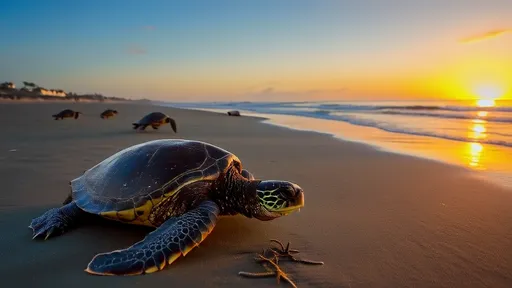
By /Jul 7, 2025
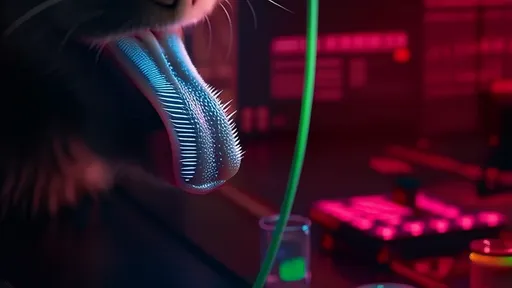
By /Jul 7, 2025
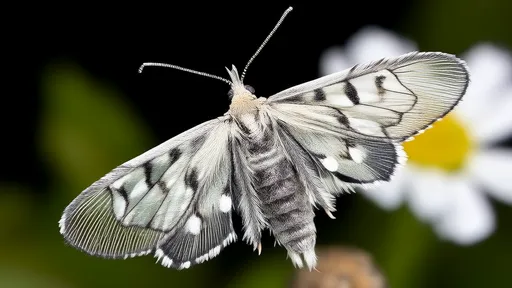
By /Jul 7, 2025
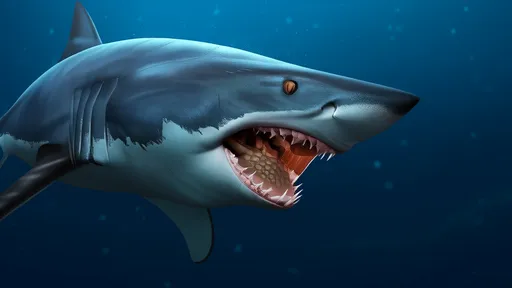
By /Jul 7, 2025
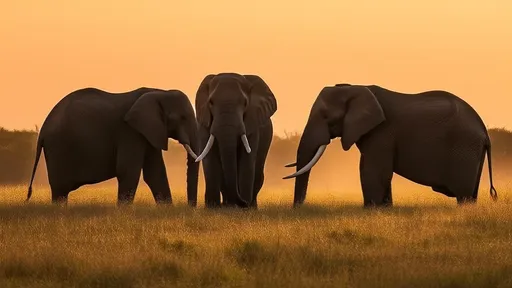
By /Jul 7, 2025
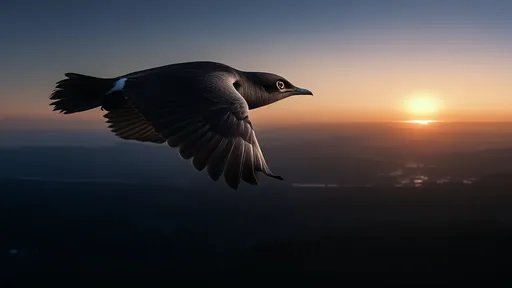
By /Jul 7, 2025
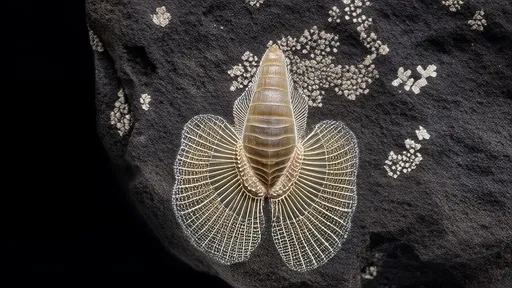
By /Jul 7, 2025

By /Jul 7, 2025
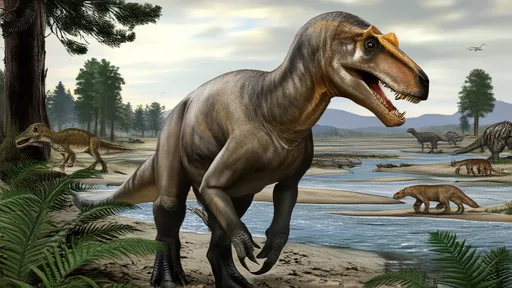
By /Jul 7, 2025
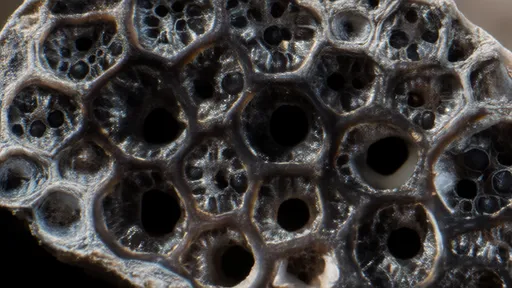
By /Jul 7, 2025
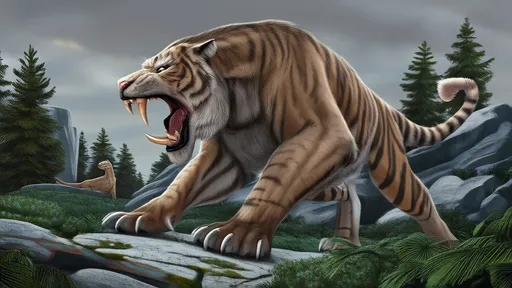
By /Jul 7, 2025
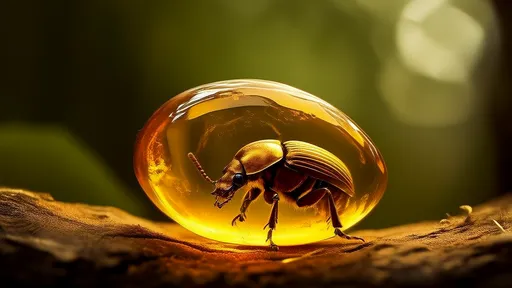
By /Jul 7, 2025
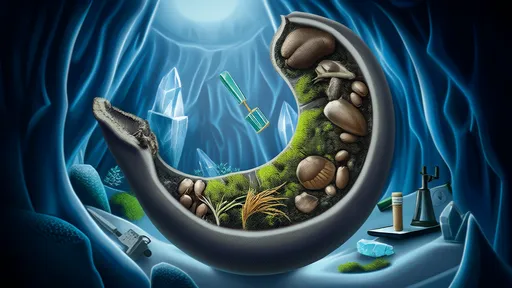
By /Jul 7, 2025
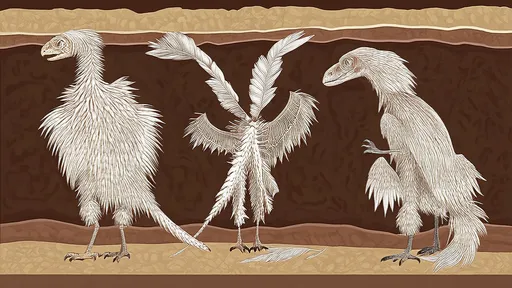
By /Jul 7, 2025
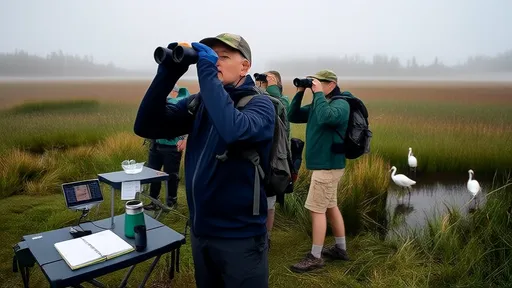
By /Jul 7, 2025

By /Jul 7, 2025
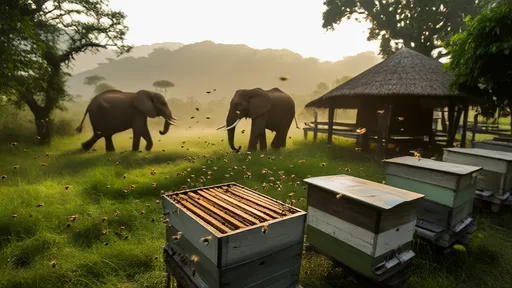
By /Jul 7, 2025

By /Jul 7, 2025